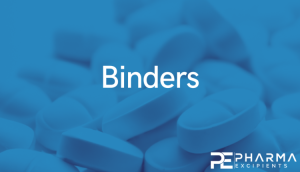Formulation of taste-masked orodispersible famotidine tablets by sequential spray drying and direct compression – Bitterness evaluation

Since famotidine (FA) is prescribed for gastrointestinal diseases orodispersible tablets could contribute to patients’ compliance. Its bitter taste and poor compressibility pose formulation challenges which were addressed in this study. Famotidine/mannitol (FA/MA) binary solution was spray dried followed by a second spray dry run to layer the particles with Eudragit® EPO. Products were evaluated for particle morphology, solid state (PXRD, DSC) and compaction. The levels of lubricant (magnesium stearate), disintegrant (sodium carboxymethylcellulose) and EPO/MA ratio in the tablets were optimized for tablet quality, disintegration and release, using experimental design. Spray drying inflicted crystallinity.
Tablet strength increased with EPO/MA and disintegrant due to enhanced compressibility and binder action. Lubricant increased tablet strength by facilitating pressure transmission. Ejection force/friction coefficient decreased with EPO/MA, besides lubrication. Scanning electron micrographs and in-vitro dissolution confirmed EPO layer on FA/MA particles, which delayed disintegration and release at pH 6.8 (saliva). Composition EPO/MA 0.224, lubricant 2% and disintegrant 10% gave sufficiently strong, detachable/ejectable tablets with fast disintegration (105 s) and low release levels, below the bitterness threshold (0.030 mg/mL) estimated by human panel. The bitterness value of FA was estimated about 12% of quinine hydrochloride.
Read more
Filippos-Michail Stavras, Ioannis Partheniadis, Ioannis Nikolakakis, Formulation of taste-masked orodispersible famotidine tablets by sequential spray drying and direct compression – Bitterness evaluation, Journal of Drug Delivery Science and Technology, Volume 81, 2023, 104290, ISSN 1773-2247, https://doi.org/10.1016/j.jddst.2023.104290.
Read more on Binder – Pharmaceutical Excipients here:


